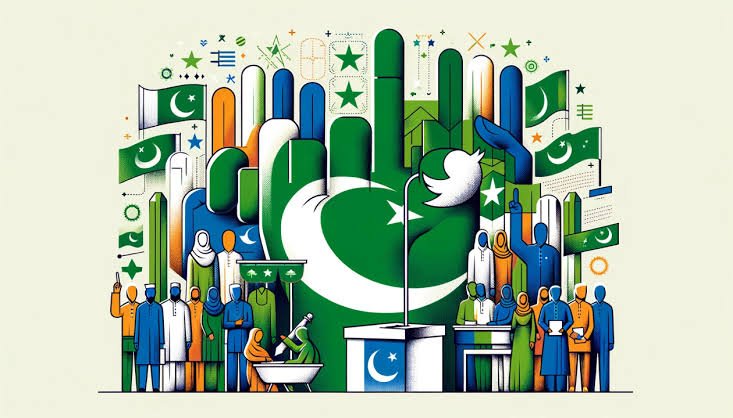
The Mughal Empire: A Glorious Chapter in Indian History
The Mughal Empire (1526–1857) was one of the most powerful and enduring dynasties in South Asian history, known for its rich cultural contributions and centralized governance. Originating from Central Asia, the Mughals were descendants of Genghis Khan (Mongols) and Tamerlane (Timurids). They introduced Persian culture, art, and architecture that left a lasting legacy in India.

Key Mughal Emperors and Their Contributions
Babur (1526–1530)
The founder of the Mughal Empire, Babur defeated the Delhi Sultanate’s Ibrahim Lodi at the First Battle of Panipat (1526). He established the foundation of Mughal rule in India and recorded his life in his autobiography, the Baburnama.
Humayun (1530–1556)
Babur’s son, Humayun, faced challenges from Afghan rulers like Sher Shah Suri. After losing the empire briefly, he regained it with Persian support. His reign was short-lived, but his Persian influences shaped Mughal art and architecture.
Akbar the Great (1556–1605)
Akbar is celebrated for his policies of tolerance and administrative reforms. He abolished the jizya tax on non-Muslims, married Rajput princesses, and promoted the Din-i-Ilahi, a syncretic religion. Akbar built iconic structures like Fatehpur Sikri and the Agra Fort.
Jahangir (1605–1627)
Akbar’s son Jahangir continued his father’s legacy, emphasizing art and culture. His court saw the flourishing of Mughal painting, and his Persian queen, Nur Jahan, wielded significant political influence.
Shah Jahan (1628–1658)
Known as the “Architect King,” Shah Jahan’s reign marked the zenith of Mughal architecture. He built the Taj Mahal, Red Fort, and Jama Masjid. His reign, however, ended with his deposition by his son, Aurangzeb.
Aurangzeb (1658–1707)
Aurangzeb expanded the empire to its greatest territorial extent but reversed Akbar’s policies of tolerance. His strict Sunni Islamic policies alienated many non-Muslim communities, leading to uprisings and weakening the empire’s unity.
Decline of the Empire (1707–1857)
After Aurangzeb, weak successors like Bahadur Shah I failed to maintain control. The empire faced invasions by Nadir Shah, the rise of regional powers like the Marathas, and eventually British colonization. The last emperor, Bahadur Shah II (Zafar), was deposed after the Indian Rebellion of 1857, marking the end of Mughal rule.
Legacy of the Mughals
The Mughals left an indelible mark on Indian culture, language, and society. Their contributions to art, architecture, and governance continue to be celebrated worldwide. Iconic monuments like the Taj Mahal and Mughal gardens symbolize their cultural grandeur, while their administrative systems influenced modern Indian governance.
This era, rich in history and culture, showcases the blend of Persian, Indian, and Central Asian traditions that defined a transformative period in South Asia.


